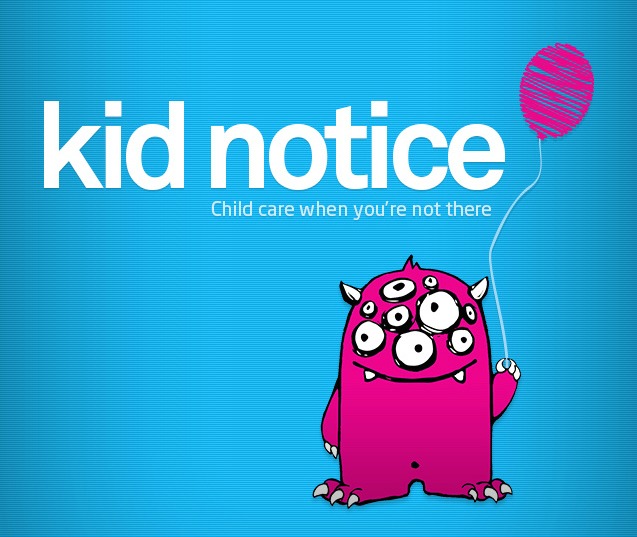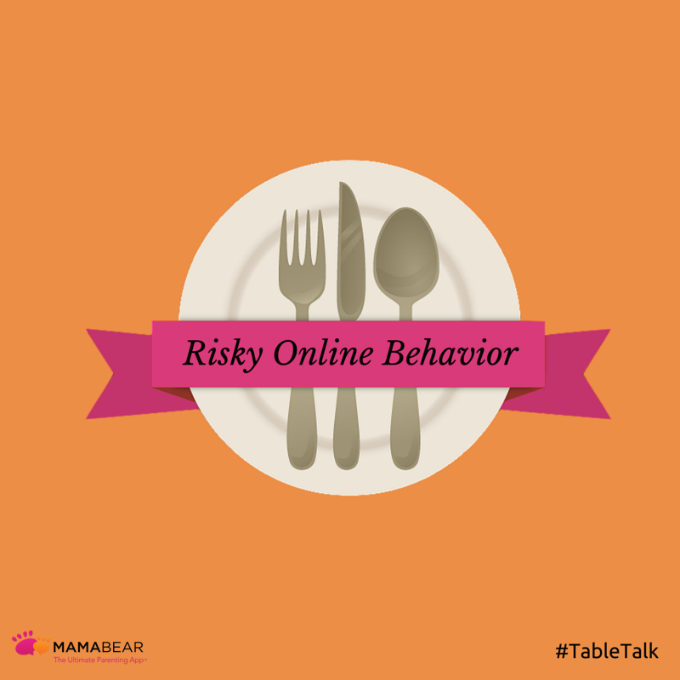Soon parents will be able to access an even larger resource of tools that enable families to protect and connect their families and communicate digitally more effectively.
MamaBear’s feature list is expanding and growing with the company’s recent acquisition of KidNotice.
Introducing KidNotice — “Notes for Caregivers About Your Child”
KidNotice is an iPhone application that enables parents to privately and securely share a child’s vital information with trusted caregivers, such as neighbors, parents of the child’s friends, summer camp officials, etc. Using the app, parents can share a child’s “in case of emergency” profile and other vital information like allergies, food preferences and more with other parents and family members, teachers, coaches, babysitters, and nannies.
That way, if an emergency occurs and a parent cannot be reached, the caregiver will be able to have the information on hand in order to respond intelligently and swiftly.
Because KidNotice is built to protect families, safety was a primary building block in the program. All data and information within the application is secure and backed up in a Dedicated-Virtual environment managed by Media Temple (the same company responsible for protecting big brands like Samsung, Toyota, Starbucks, and Adidas).
Apps Built for Parents By Parents
Like MamaBear, KidNotice is an app for parents built by parents.
The inspiration for KidNotice came when a group of parents realized that over a given week, their children were cared for by multiple adults. With different caregivers, it was difficult to be sure that each adult had the information needed to care for the child knowing all their preferences and needs, and in case of an emergency.
They created KidNotice to simplify the information sharing process and create a digital connection between each of a child’s caregivers.
Why the Acquisition Is Important
The KidNotice acquisition is the first since Suzanne Horton, a former venture capital executive at American Express, became MamaBear’s CEO and President.
“MamaBear continues to expand the capabilities of our platform as we seek to build the most comprehensive mobile application that meets the rapidly growing need for a private digital resource to help parents and families stay informed, connected and safe in a complex and, at times, dangerous digital environment,” Ms. Horton said. “We have built and are continuing to enhance a valuable parenting tool that leverages the power of digital technology to help parents efficiently communicate with their children, extended families and other families, as well as better manage interactions, activities and shared information.
The acquisition shows MamaBear’s commitment to growing their feature list in order to provide a comprehensive family safety and security mobile app.
More than ever, parents need a tool that enables them to connect and protect in the complex and rapidly growing world of technology. MamaBear aims to be the leading tool by supporting:
- Smartphone and Telecommunication Protection: In the U.S., more than 27 million kids have smartphones and that number is expected to grow to 39 million within the next two years. Our technology helps protect the growing population of young kids with their own internet-enabled smartphones.
- Social Media Reputation Management: Seventy-two percent of teens have a social network profile of some kind. Fifty percent of those do not have privacy settings enables, allowing anyone on the Internet to see their personal data and photos. With MamaBear, parents can monitor and connect with their children through their profiles to be sure they are using the platforms appropriately and responsibly.
- Secure Communication: Data sharing is important and necessary for parents, so MamaBear provides tools to connect in a secure and private setting.
- GPS-Enabled Connectivity: Parents can give their children more independence while keeping peace of mind by using MamaBear’s GPS-enabled tools that show the location of their children at any given time.
- Cyberbullying Protection: It is estimated that there are one million cybercrimes and cyberbullying victims per day across the world. We send parents notifications that can help them identify and stop cyberbullying at its early stages.
With the acquisition of KidNotice, MamaBear will continue on its mission to be the all-in-one app for parents looking to more efficiently communicate, locate, organize, and protect their children.
See it for yourself. Get started with MamaBear, The Ultimate Parenting App™ today by downloading the free app for your iPhones and Androids device.




